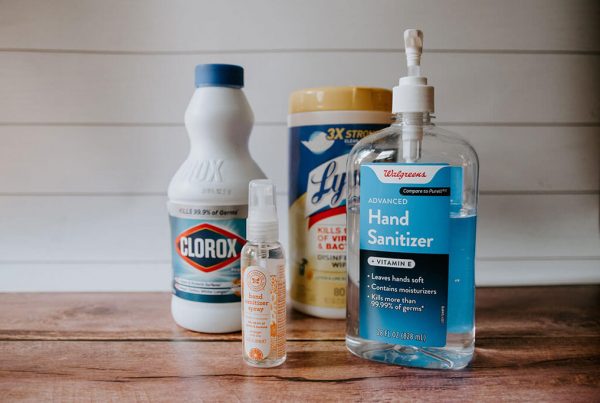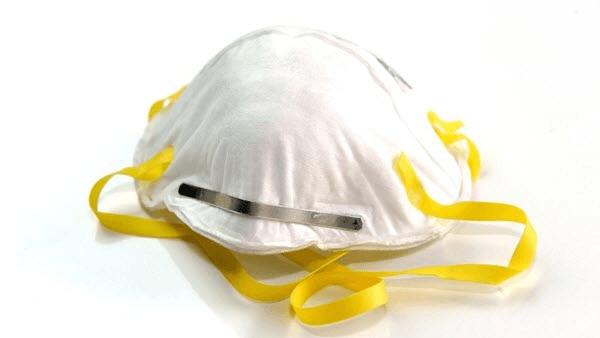By Maranda Hall
Even on a quick trip to the mailbox, it is now commonplace to see (hopefully, from afar) someone wearing personal protective equipment (PPE). Due to the high demand and low shortage, many people have resorted to creating their own forms of protection, ranging from infinity scarves from last fall’s hottest collection to transparent face-shields recycled from last year’s yard work. Here are the essential need-to-knows:
The Center for Disease and Control Prevention (CDC) has requested that disposable face masks be designated only for patients with confirmed or possible SARS-CoV-2 or healthcare personnel caring for those patients. If you do not fall in either of those categories, please do NOT use a surgical facemask as they are critical supplies to those fighting on the frontlines. Instead, you can use any cloth face covering that meets the following requirements:
- close-fitting against the side of the face
- secured with ties or ear loops
- multi-layered (one layer of fabric is not enough!)
- easily allows you to breath without restriction
- can be routinely machine-washed and dried without damage or change to the shape
Instructions for making your own mask using household items (bandanas, t-shirts, rubber bands, hair ties, etc.) can be found here. If you already have a cloth face covering, please remember to follow the guidelines below:
- wear your cloth face covering every time you must go out in public; however, face coverings should not be placed on children who are under two, who have trouble breathing, or any person who is unable to remove the mask without assistance
- remember that the cloth face covering is not a substitute for social distancing; you must continue to use social distancing by keeping 6 feet between yourself and others even when you are wearing a cover
- remember that the purpose of the cloth face covering is to protect other people in case you are infected; you could spread COVID-19 even if you do not feel sick
- avoid touching your eyes, nose, or mouth when removing your face covering
- wash your hands immediately after removal
If you are a patient or healthcare professional who risks direct contact with SARS-CoV-2, the requirements for your face covering are much more rigid. You need protective equipment that has been tested for fluid resistance and filtration efficiency, such as surgical masks and N95 respirator masks (N95s). These should not be shared or reused. Please see the information below:
- surgical masks are loose-fitting and effective in blocking large-particle droplets from splashes, sprays, or splatter that may contain viruses and bacteria; however, they do not filter or block tiny particles from coughs, sneezes, or medical procedures
- N95 respirators have a very close fit that forms a seal around the nose and mouth; they filter and block 95% of tiny particles
- if you are a child or if you have facial hair, the N95 respirator will not be useful as it will not be able to achieve the necessary fit to provide full protection
- when possible, eye protection (goggles or face shield) should be used in combination with a facial mask or N95 respirator to protect mucous membranes within the eyes
- discard of your mask after each use by placing it into a plastic bag and putting it in the trash
- wash your hands immediately after removal
These are basic guidelines for PPE in a conventional capacity. However, if you are a healthcare facility facing a shortage of supplies, that is considered a crisis, and there are resources available to assist you. Instructions for decontaminating surgical masks and n95 respirators can be found here. Strategies for optimizing the use of PPE can be found here.




